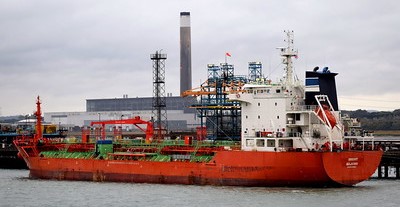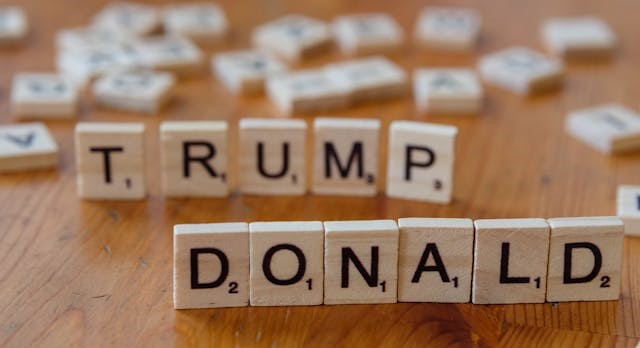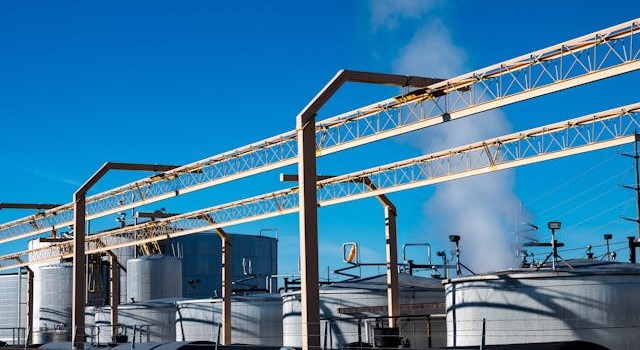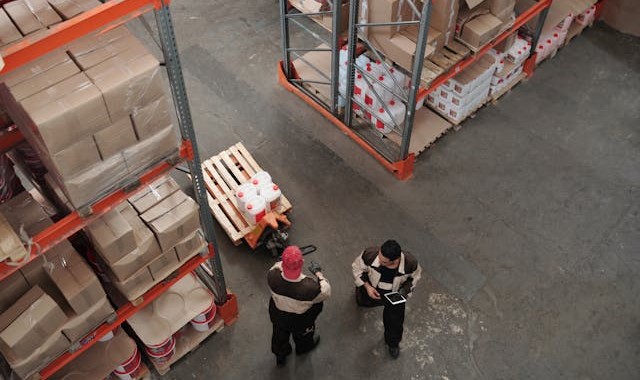As promised, President Donald Trump has thrown much into turmoil as he sets about resetting American politics and international relations to how he sees best.
For the chemical industry this has been a major shift in policy from the Biden and Obama Administrations. Most recently and most notably has been Trump’s signing of a two-year rollback of key EPA regulations from July 18th 2025. The policy change is designed to offer regulatory relief to chemical manufacturers, as well as coal plants and iron-ore facilities, as part of his America First outlook on the world.
It is a policy shift which may ease compliance costs for American chemical producers but sees the global chemical trade now facing a more volatile and fragmented regulatory landscape—made more complex by rising tariff tensions.

The rollback reinstates pre-2021 emission standards, lifting enforcement of stringent Biden-era clean air rules. Specifically, chemical producers are now more likely to be exempt from limits on pollutants such as mercury, arsenic, benzene, and other hazardous air toxics.
The changes are administered via an automated compliance waiver tool—derisively dubbed a “polluters’ portal” by environmental watchdogs.
“President Trump just signed a literal free pass for polluters,” says John Walke, clean air director for the Natural Resources Defense Council. “If your family lives downwind of these plants, this is going to mean more toxic chemicals in the air you breathe.”
In its report on earlier rollbacks, an Associated Press examination concluded that, “The rules targeted by the EPA could prevent an estimated 30,000 deaths and save $275 billion each year they are in effect.” In drawing these conclusions, “The AP review included the EPA’s own prior assessments as well as a wide range of other research.”
For the American chemical industry, the immediate effect is clear: reduced compliance costs for U.S.-based chemical manufacturers, especially those producing chlorine, vinyl chloride, formaldehyde, and refining by-products. These companies now face fewer hurdles when operating older, carbon-intensive infrastructure.
Yet these gains come with caveats. International industrial chemical buyers—particularly in the EU and Asia—may hesitate to source from deregulated American producers for fear of falling foul of import standards or sustainability pledges. Where industrial chemical traders must strike a balance between domestic price relief and global market acceptance.
“We know [foreign governments are] getting a lot of domestic pressure to do something” in response to Trump’s chemical industry polices and trade, notes the American Chemistry Council’s Jason Bernstein. As director of global affairs, he adds that the ACC has even persuaded some countries to avoid retaliating against certain imports, “we don’t know how long it’s going to last.”
Europe
With U.S. producers now facing fewer environmental constraints, EU chemical firms may feel pressure to compete—either through innovation or by lobbying for more relaxed domestic rules. However, European regulators are more likely to respond with carbon border taxes and tighter import controls rather than a race to the bottom.
Asia
China, India, and Southeast Asia may benefit as alternative sourcing regions, particularly if the EU imposes carbon import tariffs. Expect increased attention on Southeast Asian producers of commodity chemicals and APIs.
Emerging Markets
Countries like Brazil and South Africa may position themselves as regulatory middle grounds—less stringent than Europe, but more stable than the current U.S. landscape. These regions could attract foreign direct investment in new capacity or serve as bypass routes for tariff-affected trade.
The Trump administration’s rollback of EPA regulations marks more than just a domestic policy shift—it is a signal to global markets that the rules of engagement in the chemical industry are being rewritten. For American producers, this deregulation offers short-term financial relief and a temporary competitive advantage. But that relief may be undermined by growing international scrutiny, consumer distrust, and trade retaliation.
The situation is complicated further by the resurgence of protectionist trade policies. With global chemical supply chains now facing uncertainty not just in price and logistics, but in legality and reputation. Chemical traders must now consider not only where their products are coming from, but also how they are being made—and whether those processes meet the standards of buyers, regulators, and the public in key markets.
Related articles: EU Launches Bold Plan to Strengthen Europe’s Chemical Industry and How AI Is Powering Industrial Chemical Price Forecasting
This fragmented regulatory environment means that chemical buyers and sellers alike must become more agile and better informed. Europe may introduce carbon border adjustments to prevent “pollution leakage” from deregulated jurisdictions. Asia may capitalise on the West’s policy disarray to become a more dominant supplier. Emerging markets could rebrand themselves as stable, compliant alternatives for investment and trade.
In short, the global chemical trade is entering a new phase—one in which regulatory alignment, geopolitical tensions, and environmental accountability are just as important as price and volume. Businesses that treat compliance as a fixed local hurdle will be left behind. Those that view it as a dynamic, globalised part of risk management will adapt and thrive.
Procurement managers, sourcing specialists, and chemical investors should treat the current moment as a turning point. Now is the time to reassess supply strategies, diversify sourcing portfolios, and build long-term relationships with suppliers committed to transparency and sustainability.
While politics may swing back and forth across election cycles, the global appetite for clean, safe, and responsibly produced chemicals is only growing stronger. The winners in this new era will be those who plan not only for profitability, but also those who plan for market resilience.
Photo credit: Pexels, Polinna Zimmerman, Flickr, Tiger Lily, & Brett Sayles




